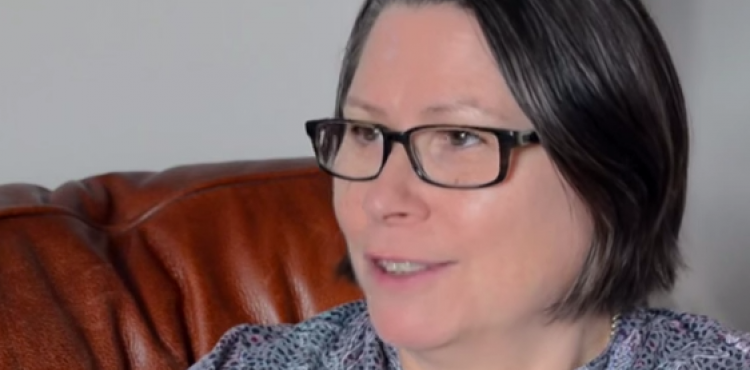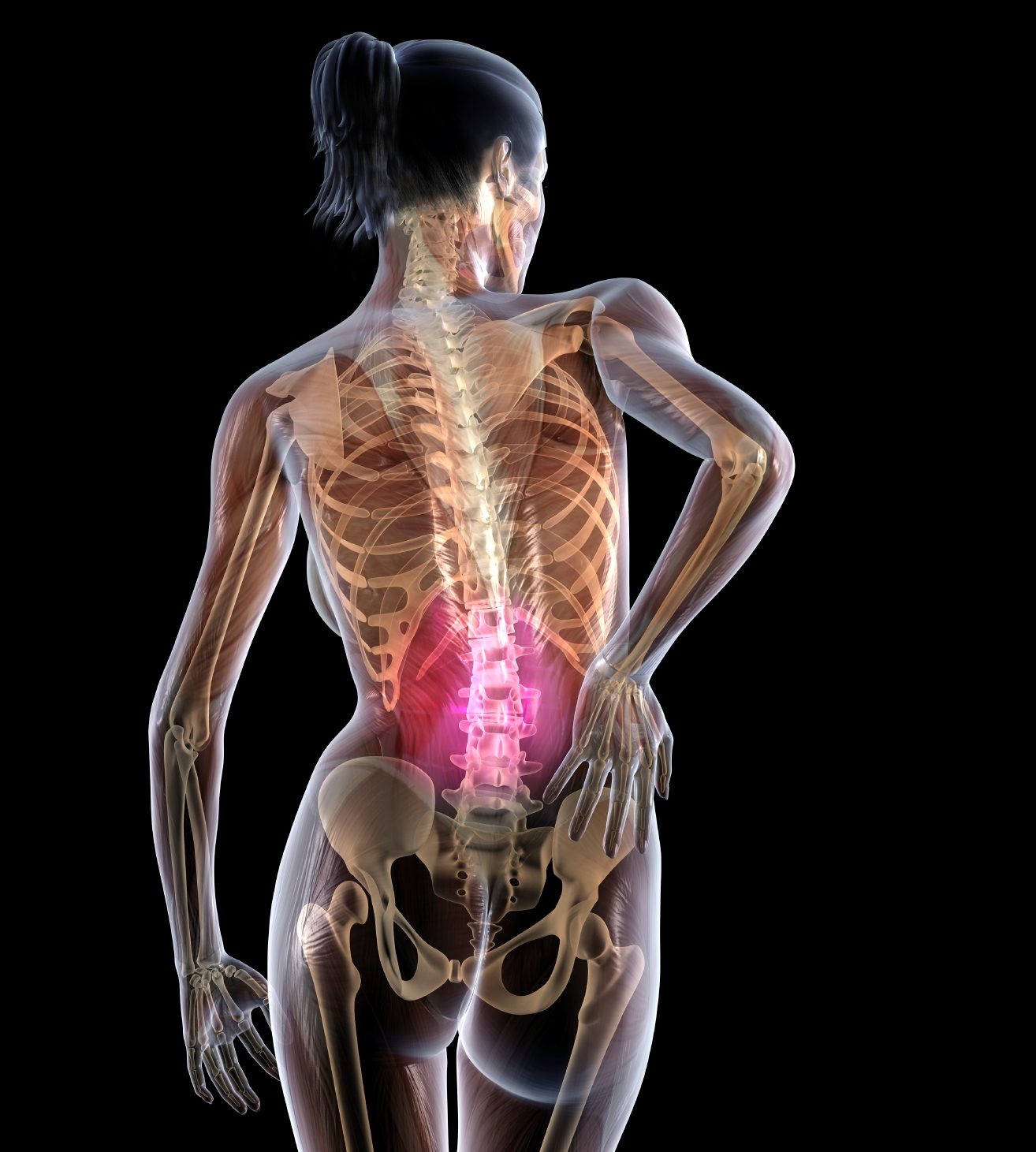By Professor Terry Dwyer
New data is helping scientific researchers unlock the mystery of the causes of childhood cancer, a topic of which surprisingly little is known. A recent study found that the incidence of childhood cancer rises with increasing birthweight. Along a continuum, a one kilogram birthweight increase correlates to a 26 percent increase in the risk of all childhood cancers.
Researchers from the International Childhood Cancer Cohort Consortium (I4C), an international alliance of longitudinal studies of children, spent the past decade investigating data from the live births of children across six geographically diverse countries, including the United Kingdom, the United States, Denmark, Israel, Norway and Australia.
The study was the first designed to collect specific data before the child developed cancer. Along with the size, and geographic and temporal diversity of the cohorts, the information gathered is high quality, has strong validity and lends credence toward the association.
While the finding was straightforward – the larger the baby the higher the risk of cancer during childhood – the answers for mothers are not. The study does not provide advice or guidance on how to reduce the risk of cancer occurrence. However, while the data may seem alarming, the number of babies who might suffer childhood cancer because they are larger is very small and there is cause for optimism. So little is known about the causes of childhood cancer that this finding gives researches an important lead – a clue – into where to look next.
Now that a correlation has been found, related factors can be further investigated. For example, the study found that a mother’s pre-pregnancy weight and weight gain during pregnancy were not particularly related. Now researchers need to determine what explains this finding. Is it genetic? Or perhaps related to hormonal factors that are known to actually increase sizes of babies? We now know there must be a cause locked up there in terms of just what makes the baby bigger. It is the job of science to unlock it.
I4C investigators have already begun to embark upon several lines of inquiry sparked from this study. For example, they plan to expand the geographic mix to include new cohorts such as in Japan and China to see whether this association exists there as well. Additional investigation into other factors that have some relationship to birth weight, such as birth order are planned, to see whether the association is similar in infants of different birth order. Finally, and importantly, researchers plan on making cord blood measurements from infants in the cohorts to determine whether growth hormones of various types explain what we have found.
As a researcher and leader of the I4C, I am more optimistic that we’ll find ways of preventing childhood cancer than I was when we started this study 10 years ago. And I am optimistic because the global scientific community is beginning to assemble strong clues, like this piece of evidence, which will help take us down a path that hopefully will give us more ways of understanding how to prevent childhood cancer.
The mystery around childhood cancer remains. But fortunately, we are one step closer to unlocking it.
Professor Terry Dwyer is the Executive Director for The George Institute for Global Health. Dwyer, a Professor of Epidemiology at the Oxford Martin School and the Nuffield Dept. of Population Health, also leads the International Childhood Cancer Cohort Consortium, an international alliance of longitudinal studies of children that conducted the research.











